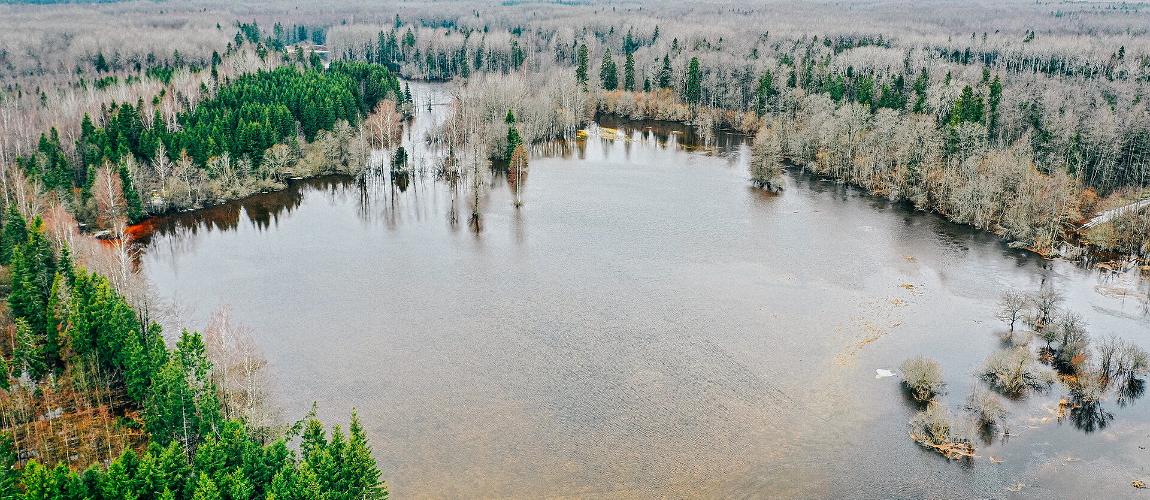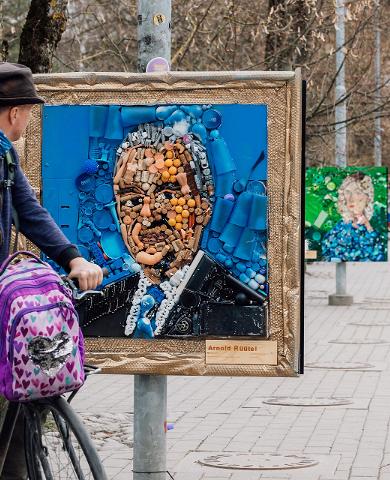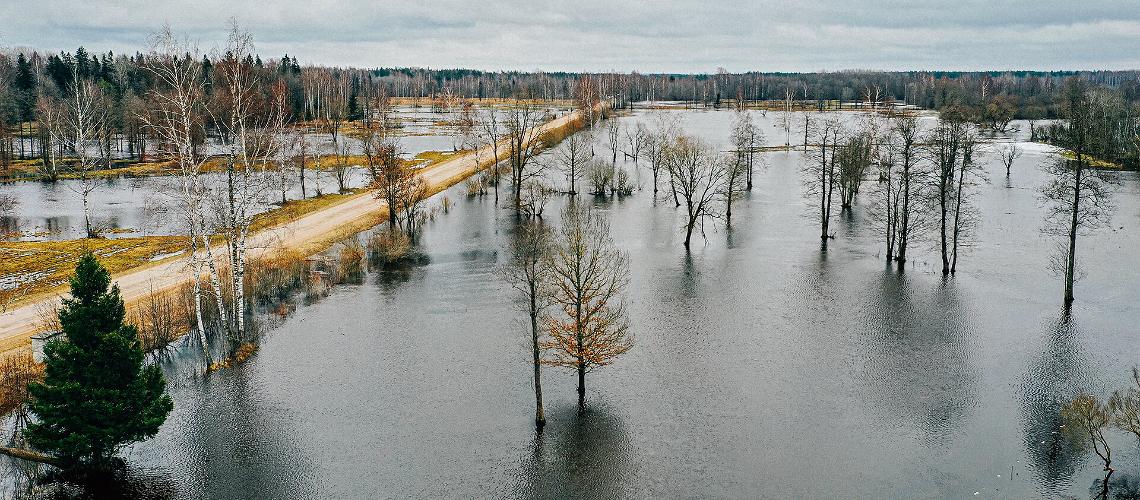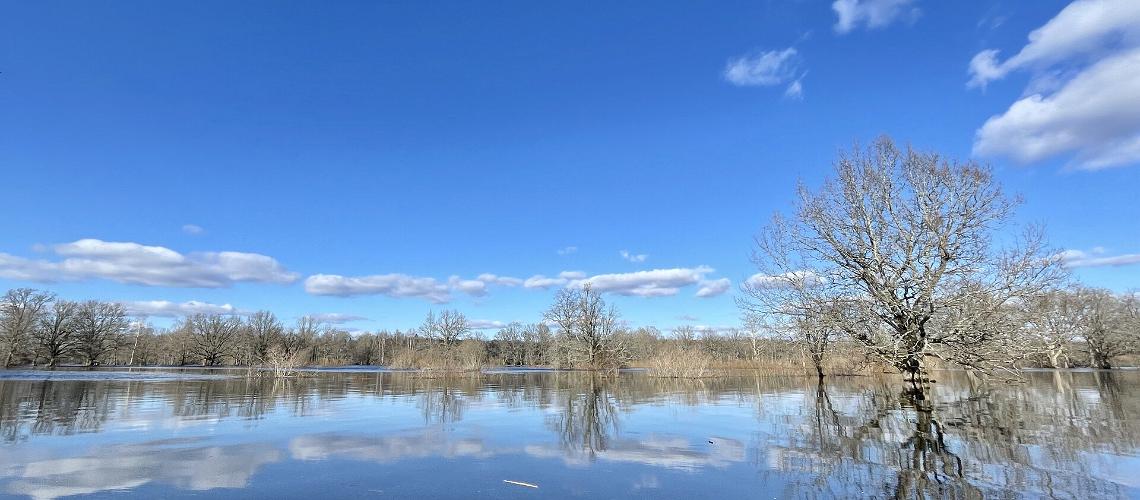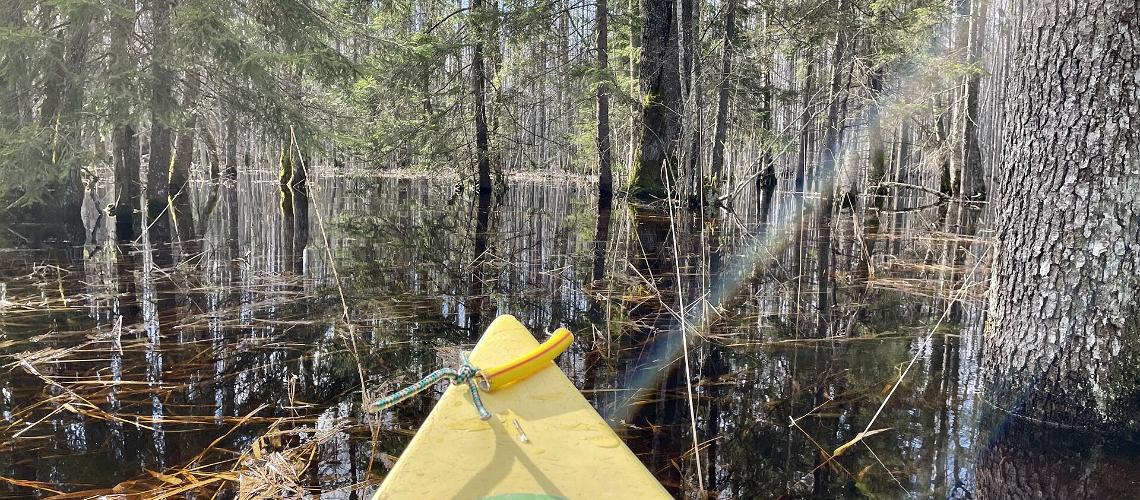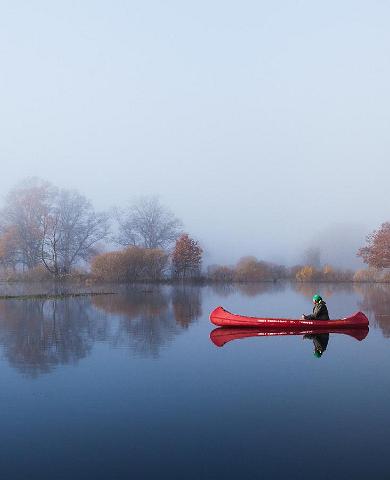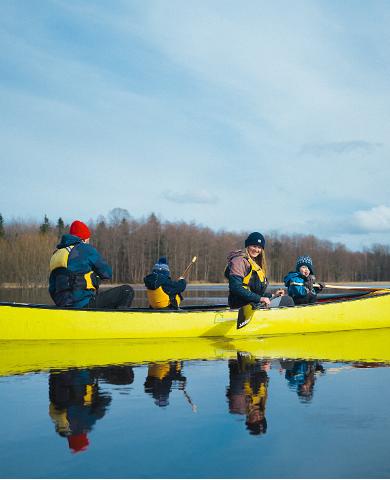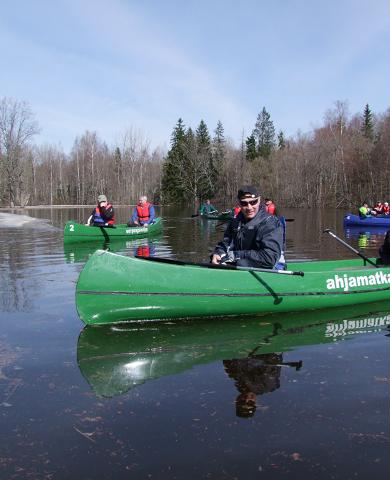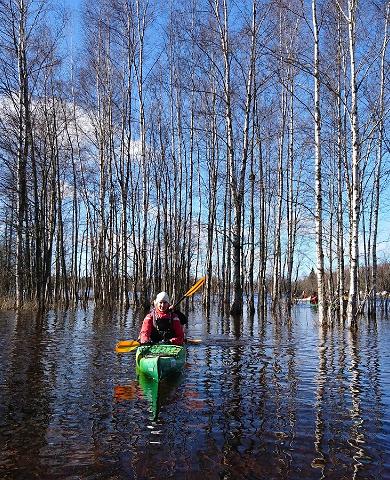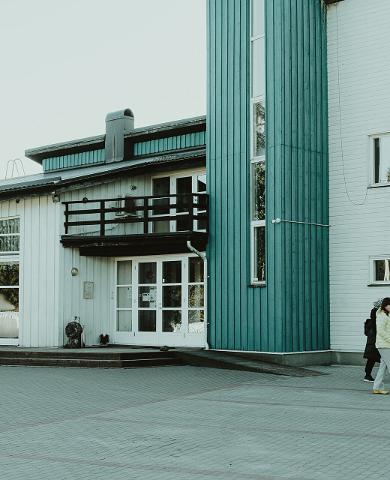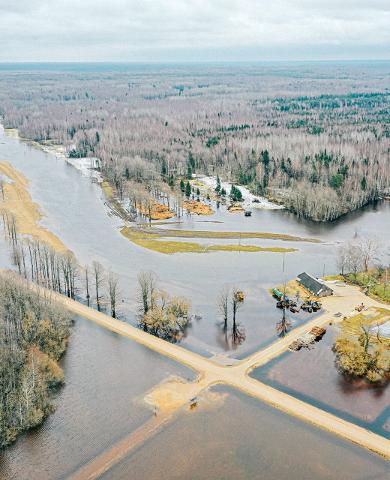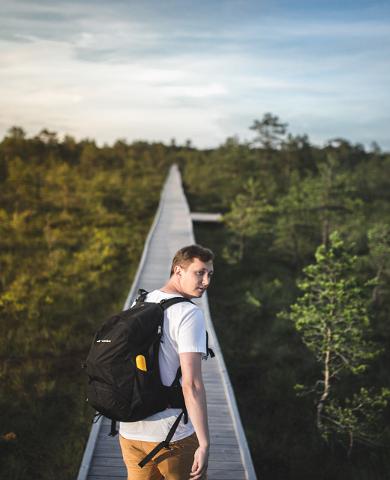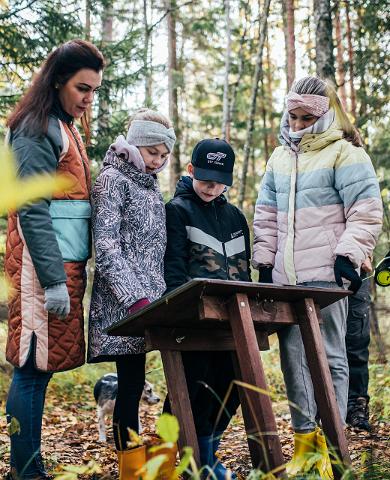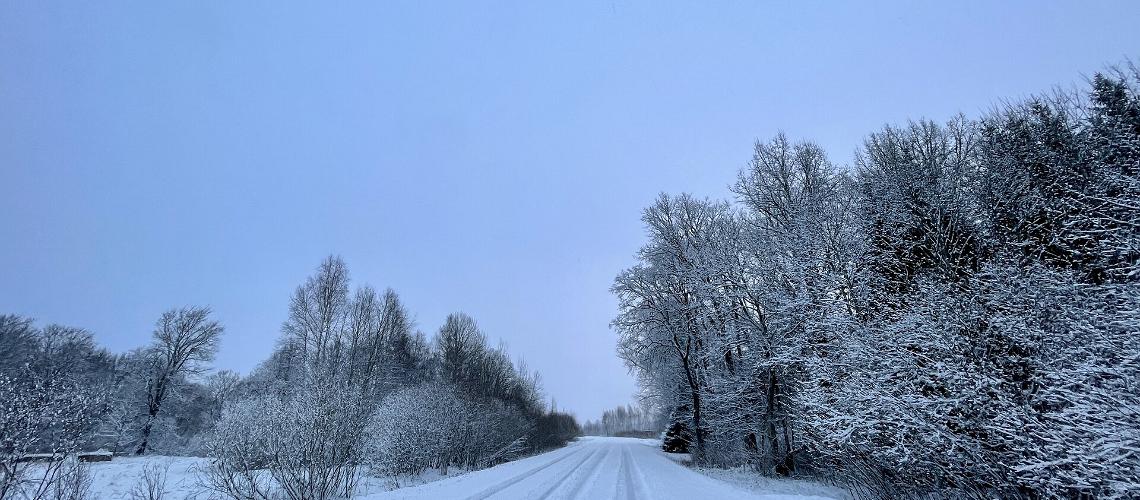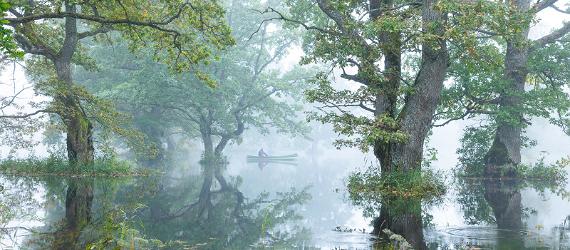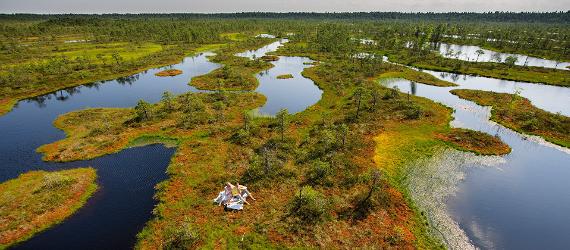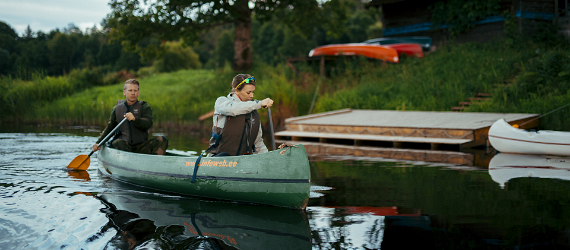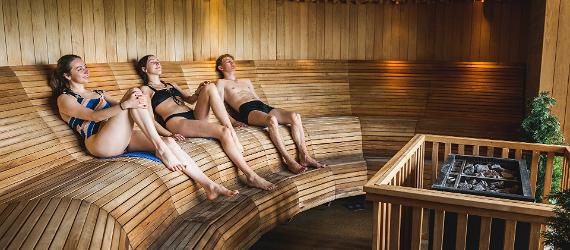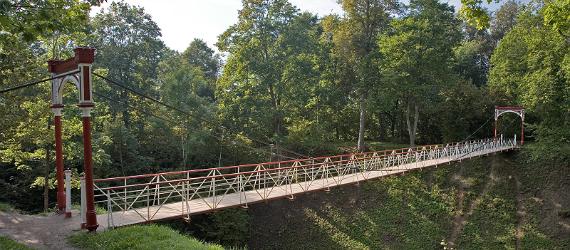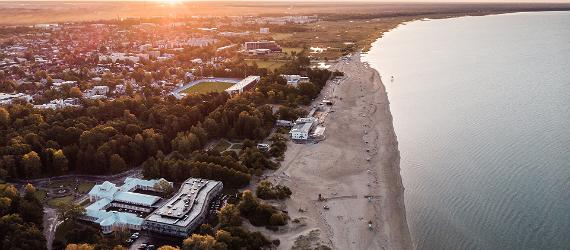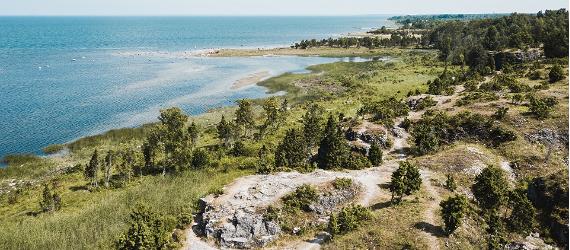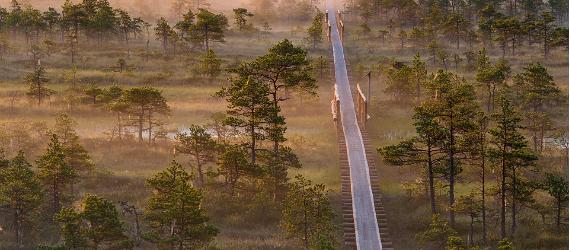Visit Estonia spends a day exploring Soomaa National Park during Estonia's famous fifth season.
"Gray-headed woodpecker," says Aivar Ruukel, Soomaa National Park's unofficial ambassador. He stops to listen to the staccato birdcall. I look up into the bare trees, straining to find the source of the sound. Other than the woodpecker and the running river behind Saarisoo Farm, everything is quiet.
I am here with Aivar to experience the phenomenon known as the "fifth season." During the spring thaw, the four rivers running through Soomaa National Park overflow their borders and flood the surrounding meadows and forests, transforming the landscape into a shallow lake. The flood waters are a reliable occurrence in late March or early April, an extra season between winter and spring — the fifth season.
The sky is grey though the forecast calls for sun later on. Aivar has decided to save our canoe trip for the afternoon, hoping the spring sunshine will provide some warmth when we're out on the water. That's where he feels most at home, though his days are often filled with Zoom calls and conferences. He moved to Soomaa at age 12, over 40 years ago, and his mother and sister still live here. Their house, Saarisoo Farm, is our first stop. While we wait for the sun to peek through the clouds, Aivar gives me a tour of the workshop where he builds haabjas, the traditional Estonian dugout canoe.
Keeping fifth-season traditions alive
Dugout canoes were once a common sight all over Europe, but Estonia is the only place in the EU where the practice has been kept alive. Aivar is one of a handful of individuals in Estonia who still have the skills needed to make these boats.
This centuries-old tradition was threatened during the Soviet occupation. Residents of Soomaa and the surrounding area were deported to Siberia, and small landholders were forced into collective farming. Yet the haabjas survived because seasonal flooding necessitated the canoes as a means of transportation.
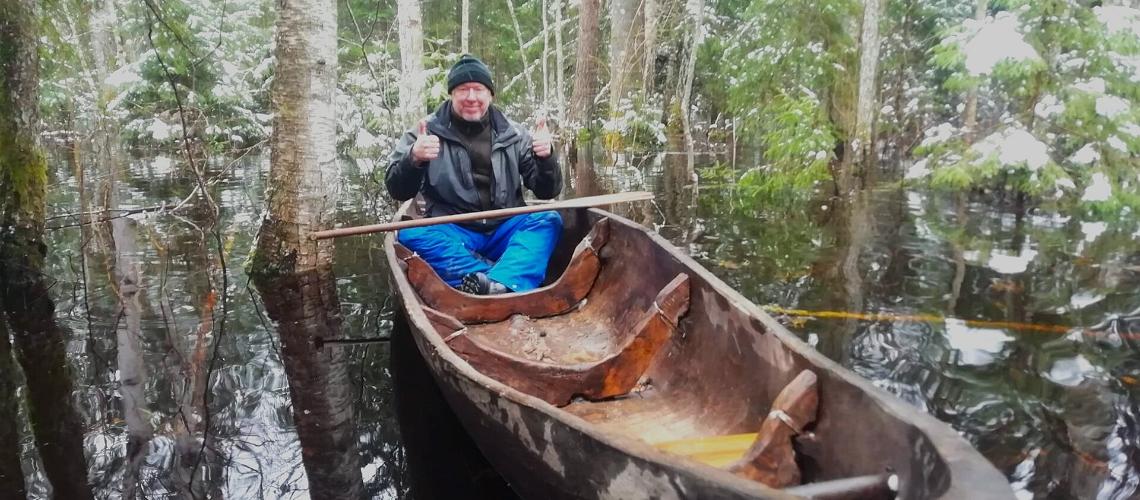
Aivar Ruukel in a haabjas. The name comes from haab, the Estonian word for aspen.
Photo by: Dagmar HolderEven so, the population of Soomaa decreased. Modern canoes became readily available, further pushing this practice toward extinction. Boat by boat, the tradition is being brought back from the brink. Thanks to Aivar's initiative, the building and use of haabjas were added to the UNESCO List of Intangible Cultural Heritage in 2021. It's a "living" tradition, as Aivar learned to build haabjas from master boat builders, just as they learned from the masters before them. Now he passes on the techniques to younger generations and runs workshops for interested visitors.
Living traditions change over time. When Aivar learned back in the '90s, boat builders were already using power tools to carve out the massive tree trunks, though at that time, only men were allowed to work on the boats — women were said to attract the "evil eye," just as female sailors were once considered bad luck at sea. That, too, has changed. Aivar's sister, Juta Pertel, has made a boat, the first woman in Estonia to do so.
However, one part of the process is the same today as it was a hundred years ago — expanding the boat. After softening the wood with heat and water, sticks are inserted into the body, gradually widening the opening. Despite Estonia's reputation as a digitally advanced country, "there's no app for that, no AI tool," says Aivar with a grin.
"Into the Estonian Amazon"
As predicted, the sun comes out. The sky is bright blue with a few white clouds left over from the morning. A light breeze comes up, and the floodwaters sparkle like spilled glitter. I sit in the bow of the canoe; Aivar sits in the stern, to better steer us over the water.
Aivar refers to the flooded park as the Estonian Amazon, though the reference is tongue-in-cheek. The Amazon Basin is 150 times bigger than the entire country of Estonia. We paddle our way between trees emerging from the water. It does look exotic, like nothing I've ever seen before. The water is a mirror; everything above the water line is reflected perfectly onto the surface. Mottled sunshine illuminates the tree trunks as the sun bounces off the water and back onto the trees.
Branches, bushes, long reeds, and grasses float up from the forest floor, scraping the bottom of the canoe. Every so often, we bump into floating birch logs. The paddles dip in and out of the water with a gentle rhythmic splash. I cock my head. As a mother of two small children, it also sounds exotic, like something I've not heard in a long time. Silence. No birdsong, though Aivar says there is more in the morning. No buzzing mosquitos. No wind as we float among the trees. Just silence.
We approach a stand of 100-year-old aspen trees. Aivar is excited, as he hasn't ever been to this exact spot in the forest. He snaps a photo of the massive trunks. He wants to come back for a closer look in the winter, when he can hike out into the woods. I reach out to stroke the spongy green moss at the base of one of the trees. Its crown looks bare and gnarled. It looks dead. Aivar says that even in death, the tree is alive; it is home to hundreds of other species. "Emahaab," he calls it — Mother Aspen.
Fifth season canoe and kayak trips in Soomaa
Explore the floodwaters by canoe or kayak, either on your own or with a guide. Many of these companies also organize trips on the water throughout the year, so you can enjoy the summer sun, autumn leaves, or spring birdsong while you paddle down one of Soomaa's winding rivers.
Explore Soomaa National Park on foot
The best way to experience the fifth season is on the water, but if you decide not to rent a canoe, then you can see the floods from the hiking trails and observation towers in the park. Stop by the Visitor Centre first, though, as some of the trails may be completely under water.
Is Soomaa's fifth season on your bucket list?
The silence. The still water. The bare grey branches of gnarled trees. Sitting in a canoe with cold feet and cold cheeks. Pit toilets and simple food. Soomaa National Park during the fifth season is not for everyone. That's what makes it a sustainable experience. On a busy weekend during the fifth season, Aivar and his business partner Algis Martsoo welcome around 300 visitors to the park. Even though several other outfitters offer tours and canoe rentals, you may very well have the water to yourself, especially if you go during the week.
To experience Soomaa's fifth season, you must be flexible and willing to travel at the whim of the water. Though the flood happens every spring, it's impossible to know the exact high-water dates more than a few days beforehand. Then there's the weather. Springtime in Soomaa is cold — the average high in March is 2° C, and the low is -4° C. It can be sunny, cloudy, rainy, or snowy, maybe all on the same day. You have to come prepared.
By the end of the day, I was cold, even in my winter gear. The sauna at Soomaa Holiday Village was warm and welcoming. I had it all to myself. Before bed, I stepped outside to look at the stars in the cloudless sky. I woke to a single bird chirruping in the tree outside my window. It was snowing. The entire landscape was covered in white. I wrapped myself in the duvet and added kick sledding in Soomaa to my bucket list for next winter.
Tips for planning your trip
A sustainable way to experience Estonia's fifth season
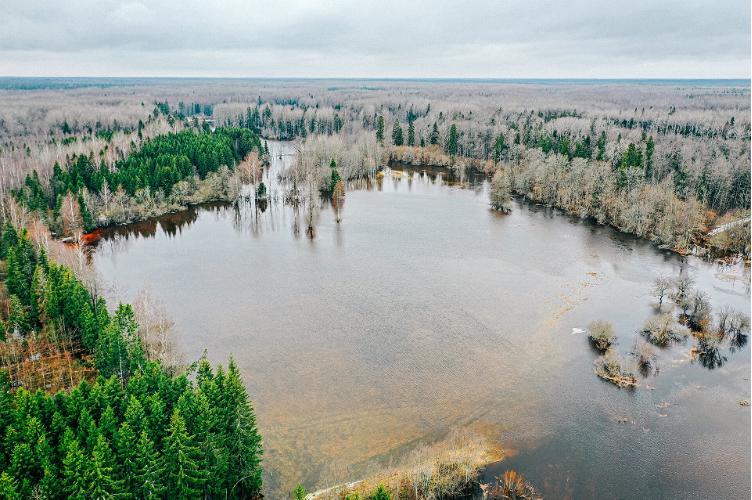
A sustainable way to experience Estonia's fifth season
